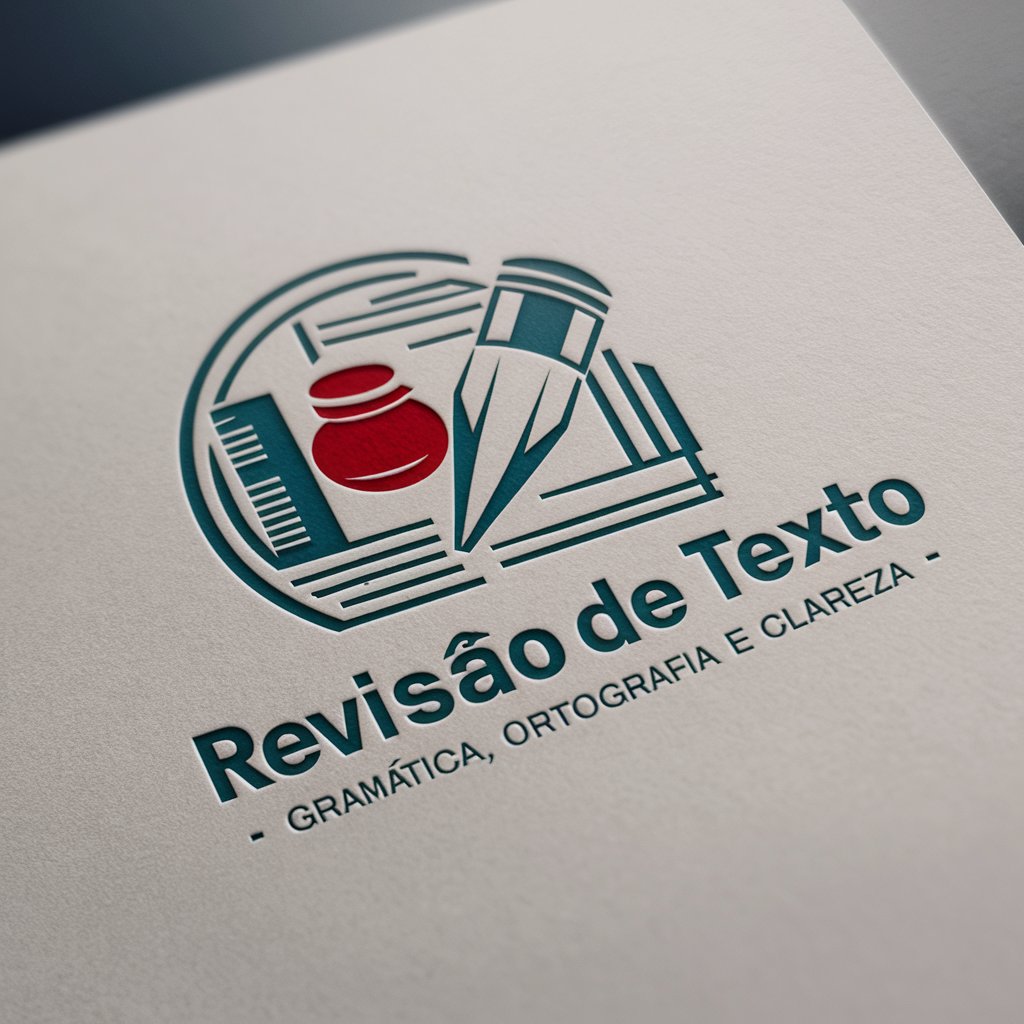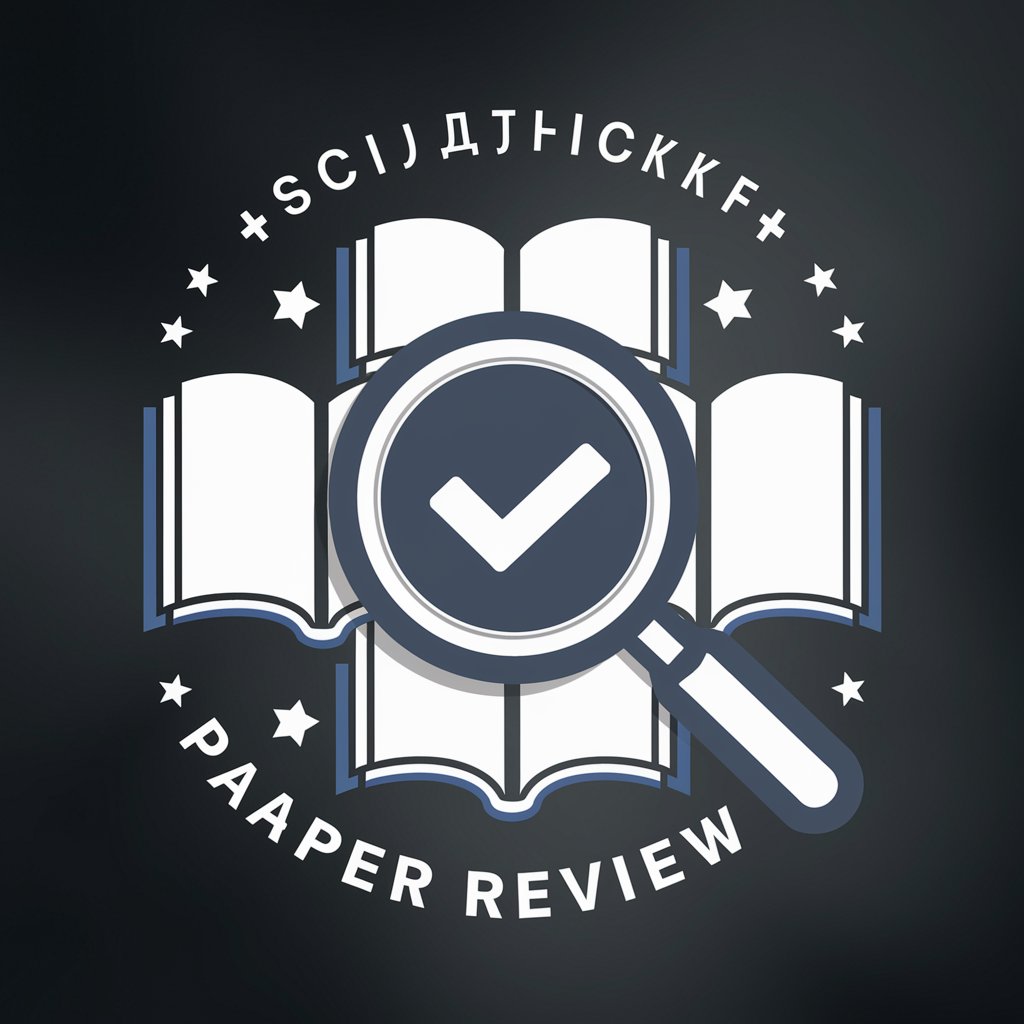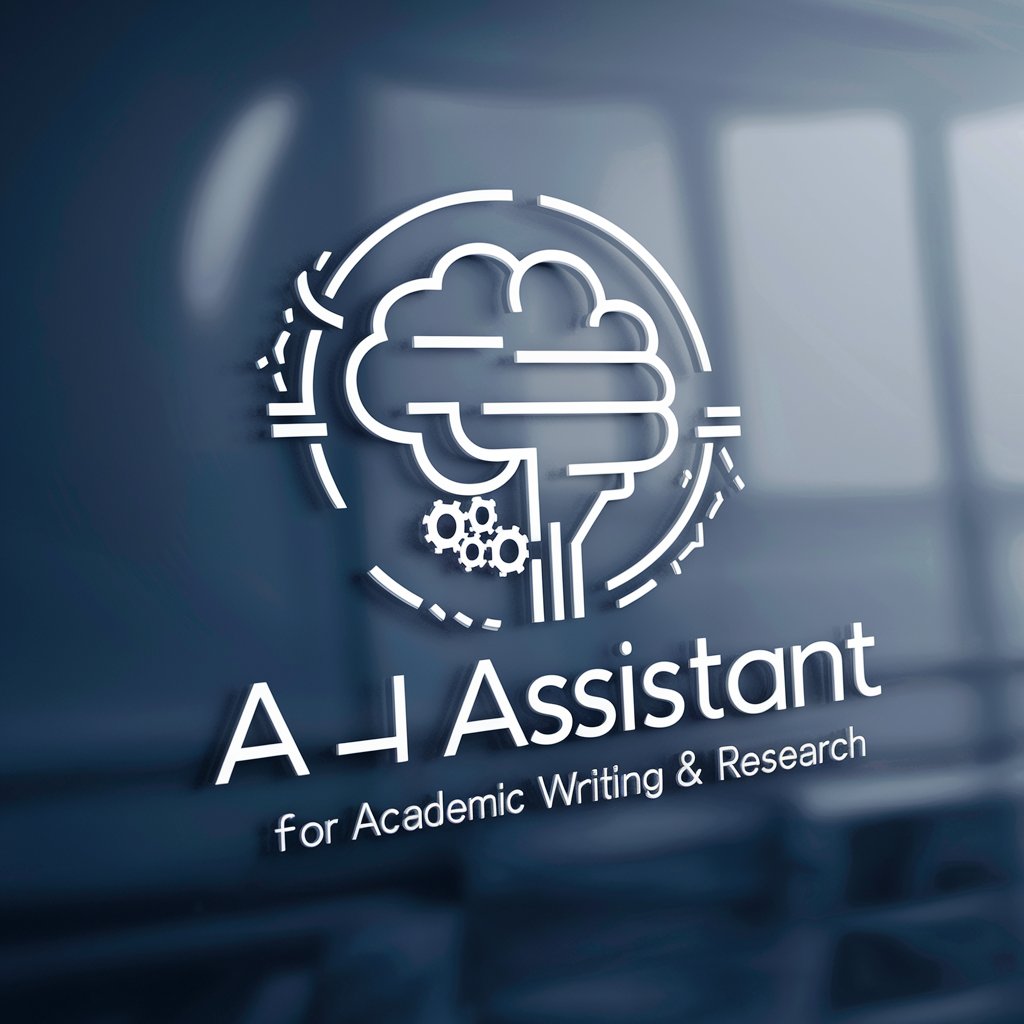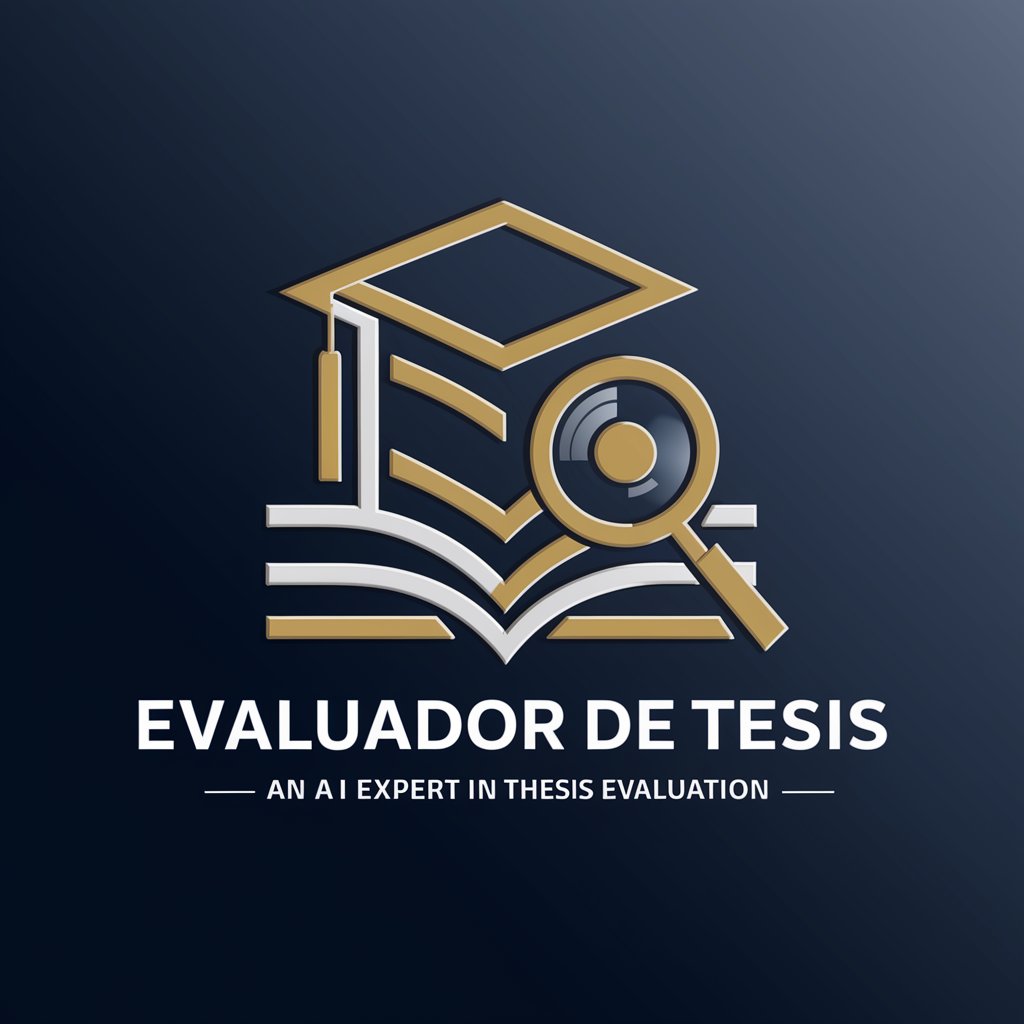
审稿编辑-AI Editing Tool for Writers
AI-Powered Editing for Better Writing

输入你的文章,我来为你审稿。我会查找错别字、啰嗦、歧义、无聊和知识错误,并且提出能让你的文章更好看的建议。
请输入你的文章,我来审稿:
Get Embed Code
Introduction to 审稿编辑 (Editorial Review and Proofreading Services)
审稿编辑, or Editorial Review and Proofreading Services, are specialized services aimed at improving the quality and accuracy of written content, particularly academic papers, research articles, technical documents, and other professional writing. These services involve a thorough review process to ensure the text is well-structured, coherent, and error-free. Editorial review goes beyond basic proofreading; it typically includes content editing, checking for clarity, improving flow, and ensuring that the language meets the standards of its intended audience. The goal is to enhance both the technical quality and the communicative effectiveness of the written work. For example, in academic publishing, an editorial review might involve ensuring that a research paper adheres to a particular journal's formatting and citation guidelines, while also refining its overall argument and presentation. Similarly, for a business report, an editor might focus on both the tone and clarity of the document, ensuring that the target audience can easily understand the message.
Grammar and Syntax Correction
Example
Correcting grammatical errors, such as improper tense usage, subject-verb agreement, or sentence fragments.
Scenario
An academic researcher submits a manuscript for publication in a scientific journal. The editor identifies errors in subject-verb agreement and improper use of articles ('a', 'an', 'the'). These errors are corrected to improve readability and ensure compliance with the journal’s language standards.
Content Structuring and Clarity Enhancement
Example
Reorganizing paragraphs or sections to ensure logical flow, enhancing clarity, and improving readability.
Scenario
A corporate report is submitted for review, where the report’s executive summary is found to be vague. The editor restructures the introduction to make key points more prominent, improves transitions between sections, and rewrites certain paragraphs to ensure that the document presents its arguments in a clear, logical sequence.
Citation and Formatting Standardization
Example
Ensuring that citations and references adhere to a specific style guide, such as APA, MLA, or Chicago, and that the overall document format matches the publisher’s or journal’s guidelines.
Scenario
A graduate student submits their thesis with inconsistent citation styles and improperly formatted references. The editor ensures that all citations align with the required academic style (e.g., APA format) and ensures the table of contents, headings, and subheadings follow the university’s formatting requirements.
Language Refinement and Style Adjustment
Example
Refining tone, style, and language choice to fit the document's intended audience or purpose.
Scenario
A company is preparing a whitepaper aimed at potential investors. The editor adjusts the language to sound more authoritative, removes jargon that may confuse a lay audience, and ensures the tone is formal but engaging, making it more appealing to potential investors.
Plagiarism Detection and Ethical Review
Example
Using plagiarism detection tools and reviewing the document for any ethical concerns, such as improper use of sources or uncredited quotations.
Scenario
A research article is submitted for review before submission to a journal. The editor runs the paper through a plagiarism detection tool and finds several unquoted paraphrased passages. The editor flags these for revision, ensuring that all sources are properly attributed and that the article meets ethical standards.
Ideal Users of 审稿编辑 (Editorial Review and Proofreading Services)
Academics and Researchers
Academic professionals, researchers, and graduate students are primary users of editorial review services. They benefit from these services when submitting research papers, dissertations, and journal articles. Editorial review helps ensure that their work is free of grammatical errors, follows the correct citation style, and is logically structured for an academic audience. Moreover, these services enhance the clarity and impact of their findings, improving the likelihood of acceptance for publication in peer-reviewed journals.
Business Professionals and Corporations
Business professionals, including executives, managers, and corporate teams, also make use of editorial services for reports, whitepapers, proposals, and presentations. They benefit from having their documents reviewed for clarity, professionalism, and overall readability. For example, when preparing an investor pitch or a corporate communication document, these services ensure the tone is appropriate and the document is well-structured to effectively communicate the desired message.
Writers and Authors
Authors, novelists, and content creators use editorial review services to refine their manuscripts and ensure consistency in their writing. Whether for a book, article, or blog post, these services help authors tighten their narrative, improve the flow of their ideas, and eliminate awkward phrasing, ensuring that their voice is maintained while adhering to publishing standards.
Students and Scholars
Undergraduate and postgraduate students, as well as scholars preparing assignments, research papers, or theses, greatly benefit from editorial services. These services provide assistance with proofreading, structuring, and ensuring proper citation practices, making their academic submissions more professional and polished, which can directly influence their grades and overall academic success.
Non-Native English Speakers
Non-native English speakers, particularly those in academic or professional fields, often rely on editorial services to improve their written English. These services help ensure their papers are grammatically correct, clear, and fluent, allowing them to communicate effectively in English, whether for academic publishing, business proposals, or job applications.
How to Use 审稿编辑审稿编辑指南
Visit the website
Go to aichatonline.org for a free trial. No login is required, and you don't need a ChatGPT Plus subscription to begin using the tool.
Upload your document
Once you're on the website, upload the manuscript or document you want to edit. You can upload text files or PDFs for analysis.
Select editing options
Choose from various editing features based on your needs. Options typically include grammar checks, style improvement suggestions, and readability analysis.
Review AI feedback
After the tool processes your document, carefully review the feedback provided by the AI. It will highlight errors, offer suggestions, and propose alternatives for improving clarity and style.
Finalize and download
After making necessary edits and reviewing suggestions, download the final version of your document. You can either incorporate the edits manually or accept all AI-provided revisions.
Try other advanced and practical GPTs
Solid Mechanics Tutor
AI-powered guidance for solid mechanics problems.

リアルな画像作成ツール
Create realistic images effortlessly with AI
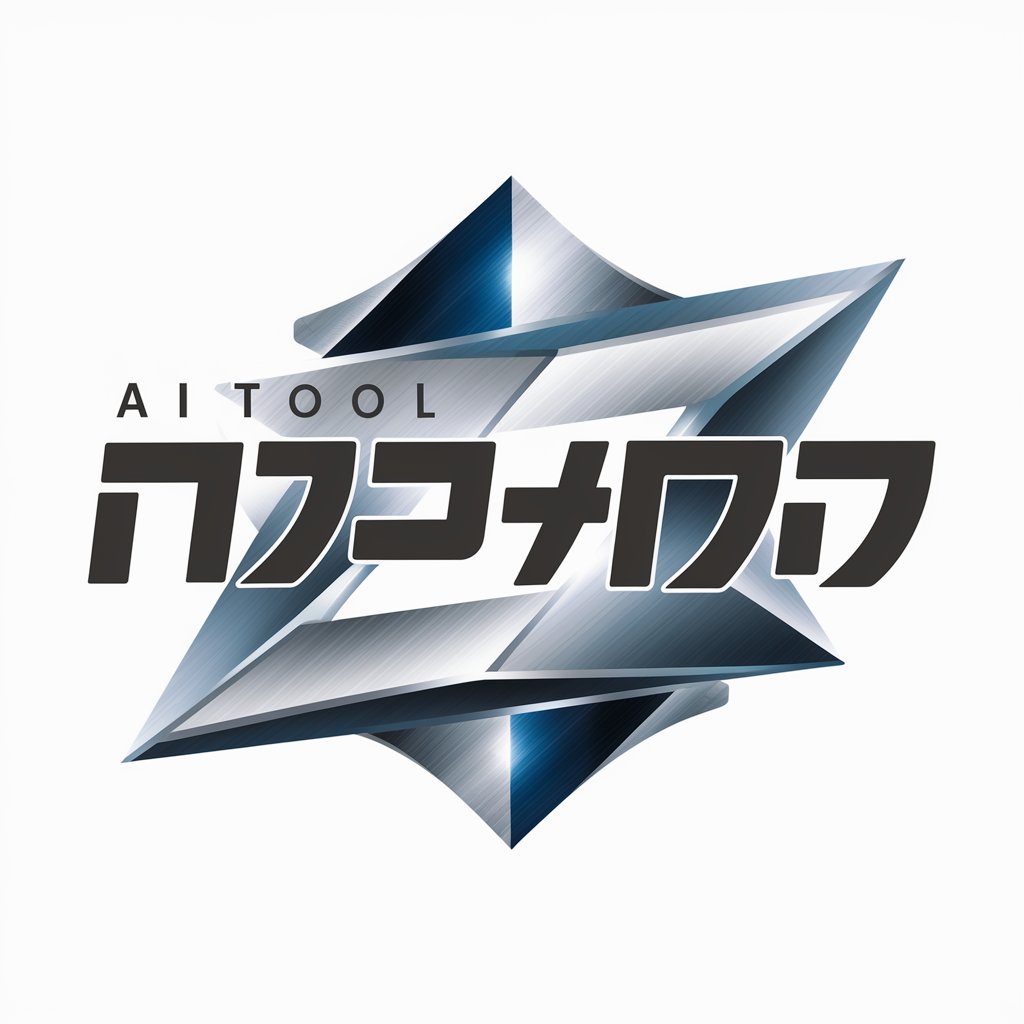
TEXTO
AI-Powered Text Generation at Your Fingertips
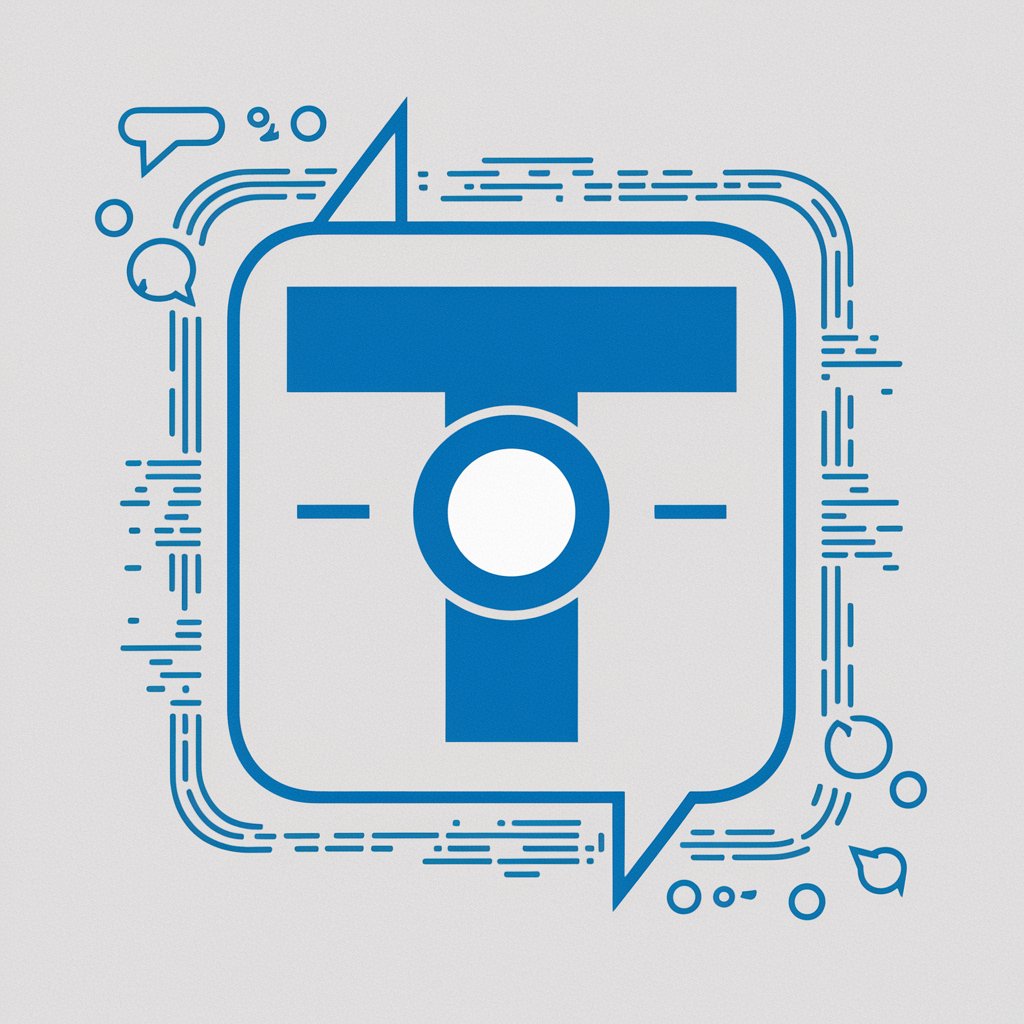
Corretor de Texto Gmídia
AI-powered proofreading for flawless writing.
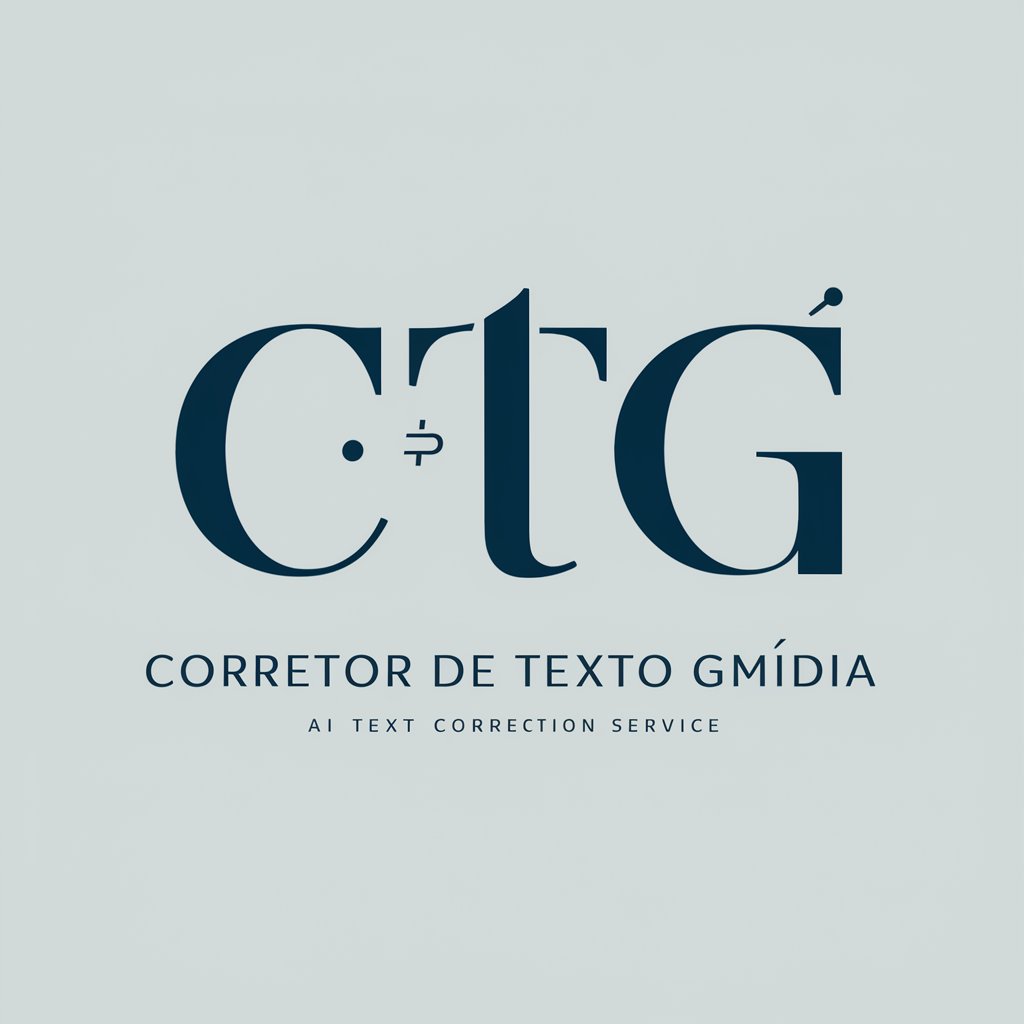
GoHighLevel Support GPT
AI-Powered Support for GoHighLevel Users.

Manim Engineer
AI-powered tool for creating animations.
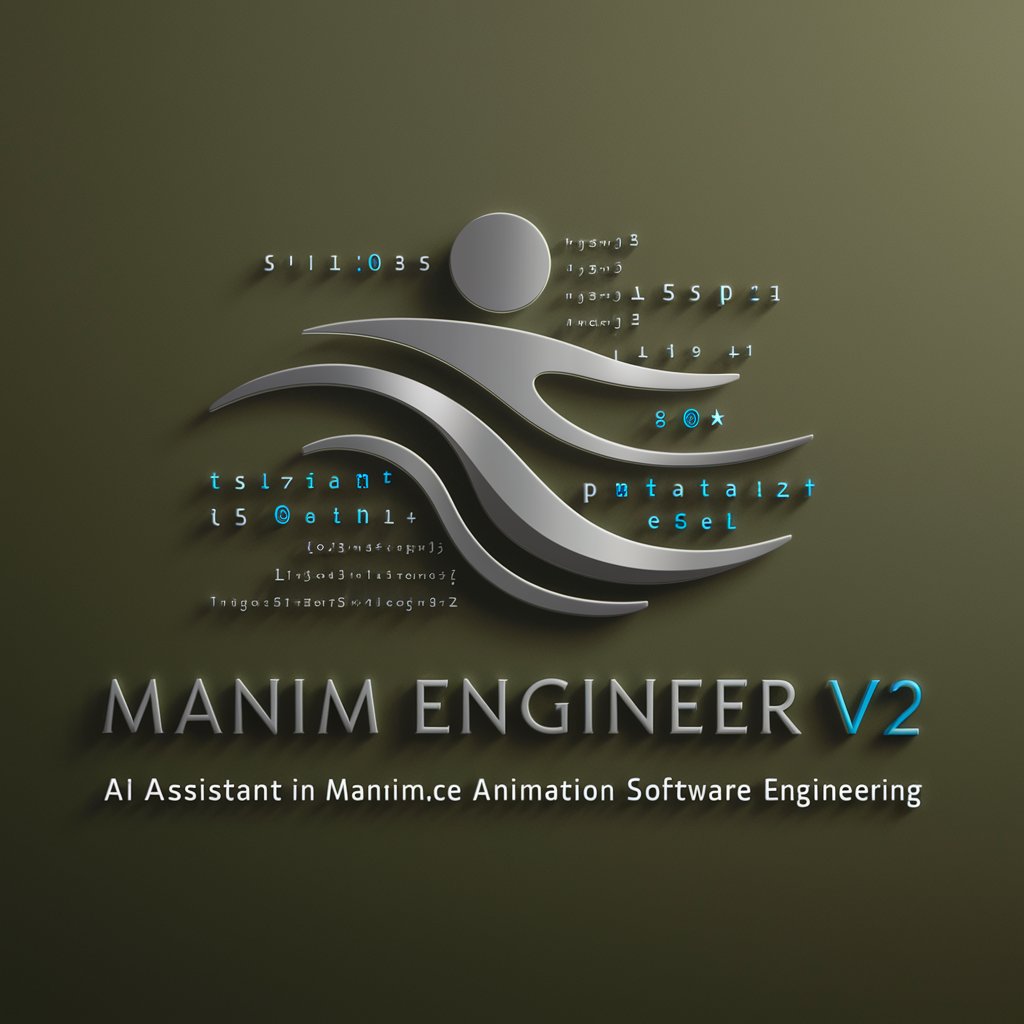
CS AI SEO Topic Map GPT
AI-powered topic maps for SEO success.
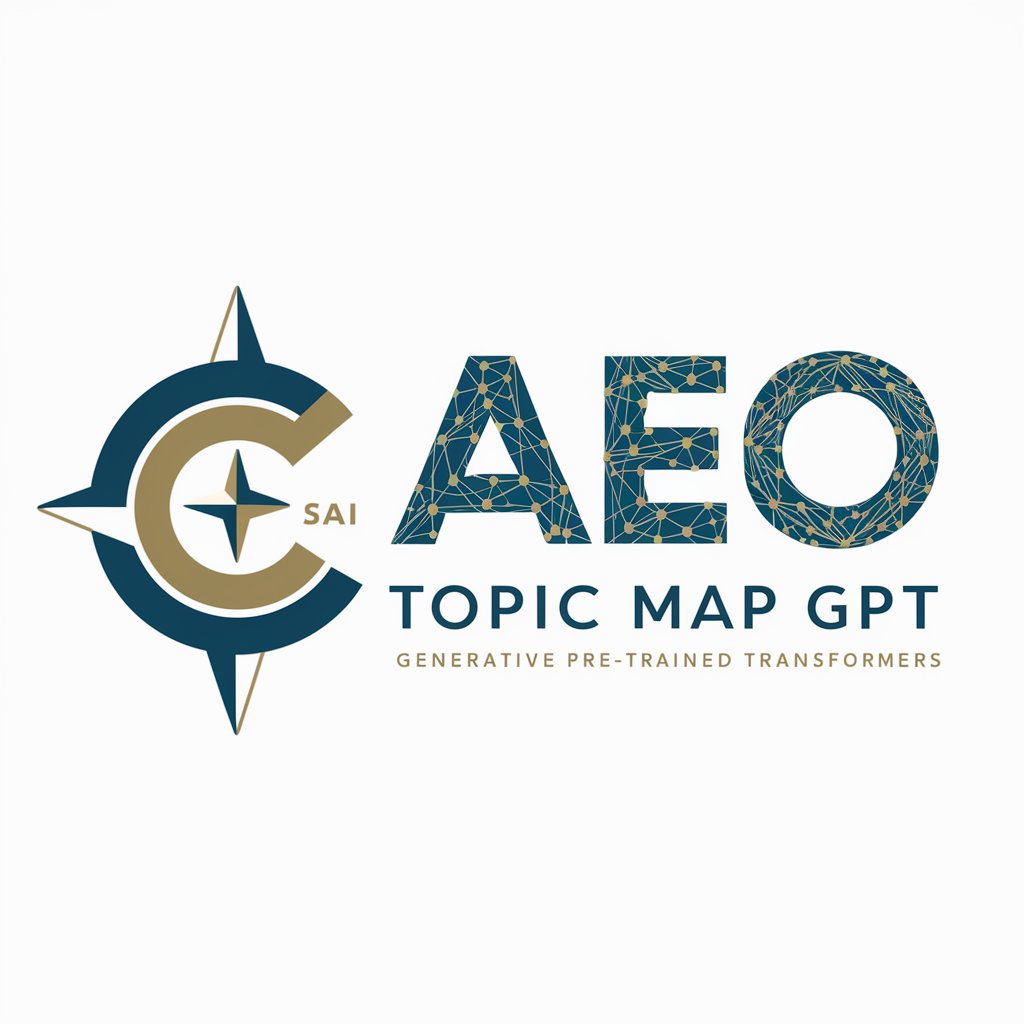
PHP
AI-powered PHP tool for efficient coding.
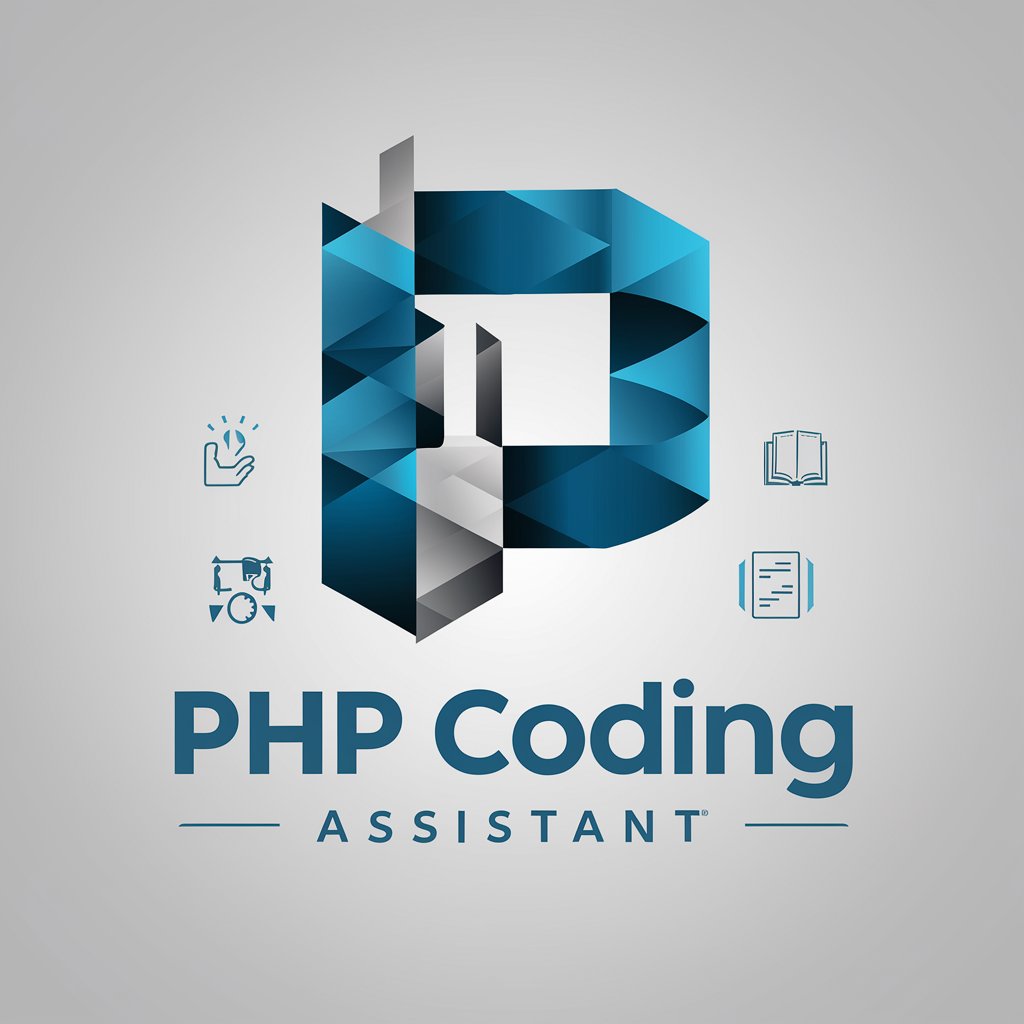
日本語ビジネスメール添削のプロ
AI-enhanced business email refinement for Japanese professionals.
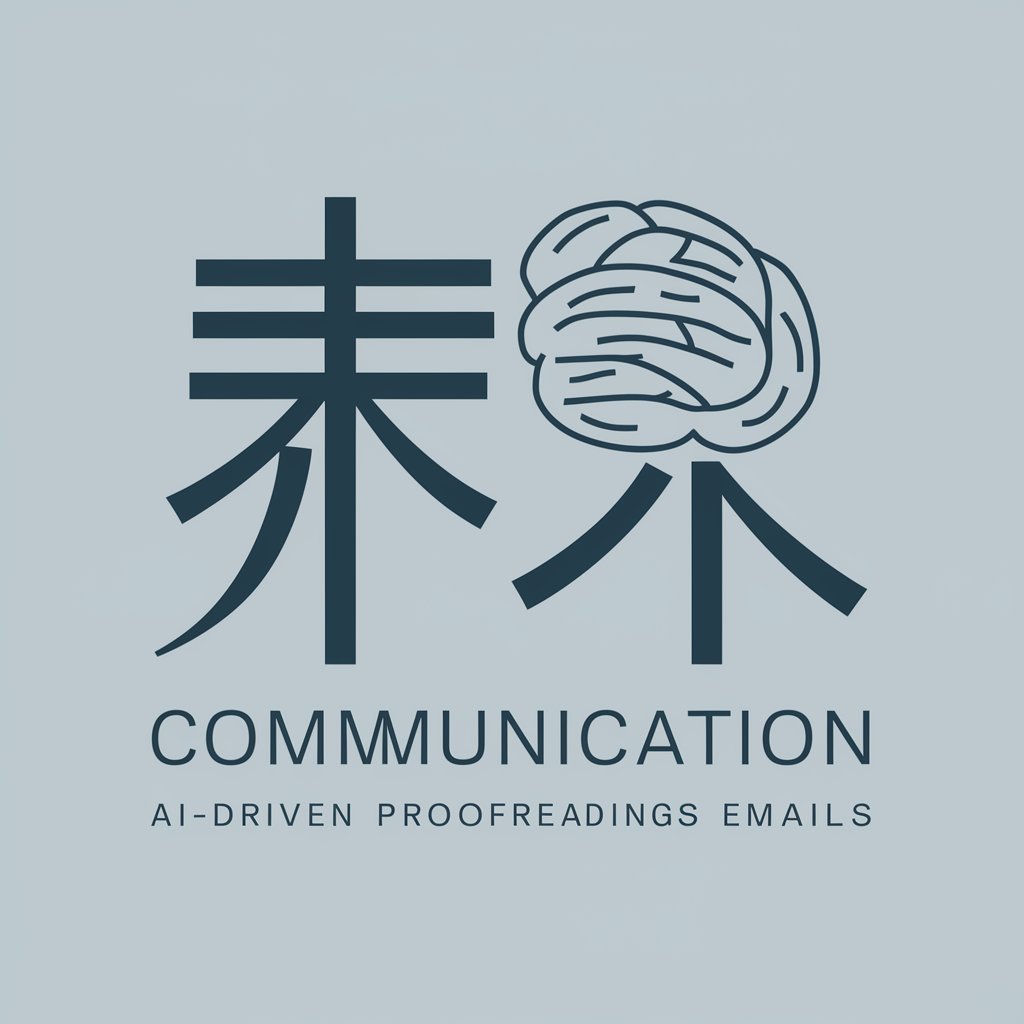
Avocat-Fiscaliste
AI-driven legal advice for tax and business

Post With Big Insights
AI-powered insights for smarter decisions.
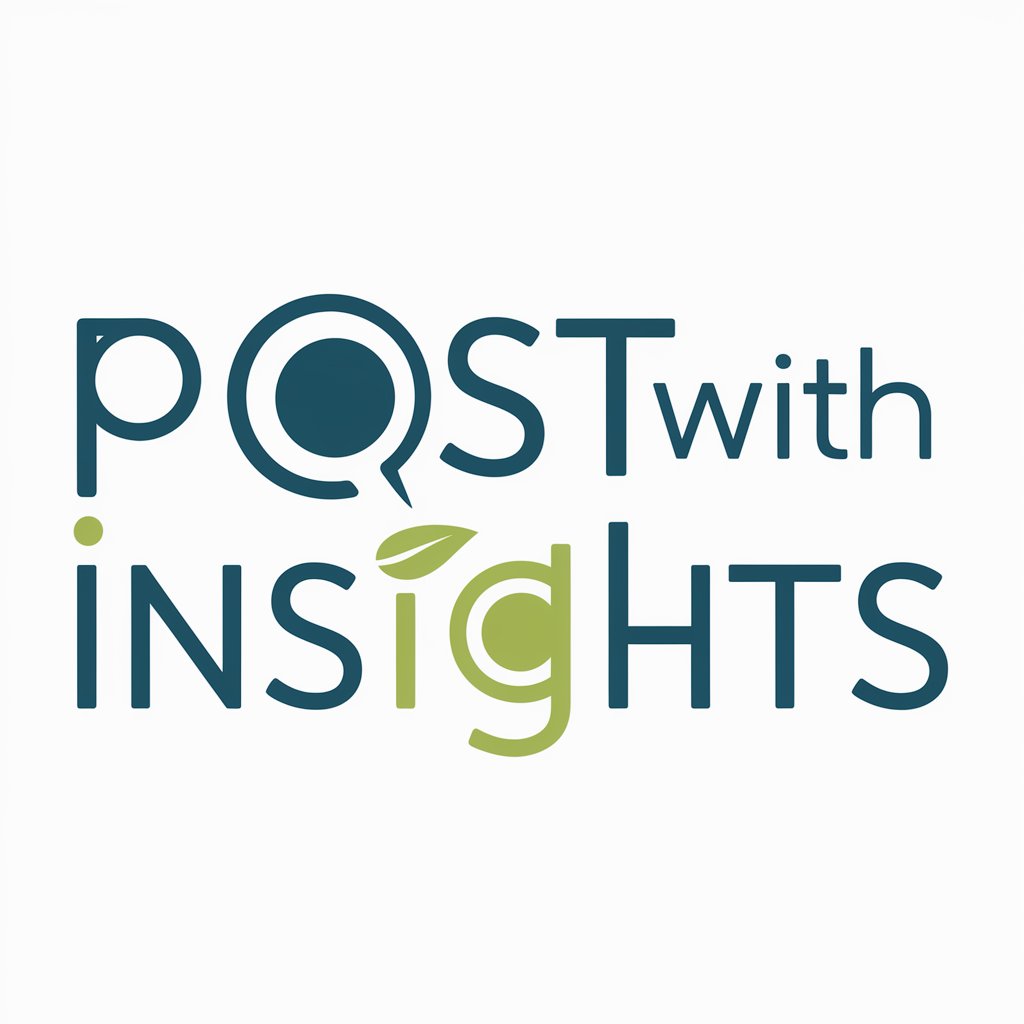
Italian Teacher
AI-powered Italian lessons for all levels.

- Academic Writing
- Creative Writing
- Business Reports
- Research Papers
- Proofreading
Frequently Asked Questions about 审稿编辑
You can edit a wide range of documents, including academic papers, articles, essays, business reports, and more. The tool is versatile for various types of writing.
Does 审稿编辑 support non-English languages?
Yes, 审稿编辑 supports multiple languages, including Chinese, English, and other widely spoken languages. However, its efficiency may vary depending on the language and context.
Is there a limit to how many documents I can upload for free?
During the free trial, you can upload and edit a limited number of documents. To access additional features or more document uploads, you may need to opt for a paid subscription.
Can I integrate 审稿编辑 with other writing tools or platforms?
Currently, 审稿编辑 does not have direct integrations with external platforms like Google Docs or Microsoft Word. However, you can manually upload documents from any platform to edit.
How accurate is the AI in detecting errors?
The AI behind 审稿编辑 is highly accurate in detecting common grammar, punctuation, and style errors. However, it might occasionally miss more nuanced issues, so manual review is still recommended.


